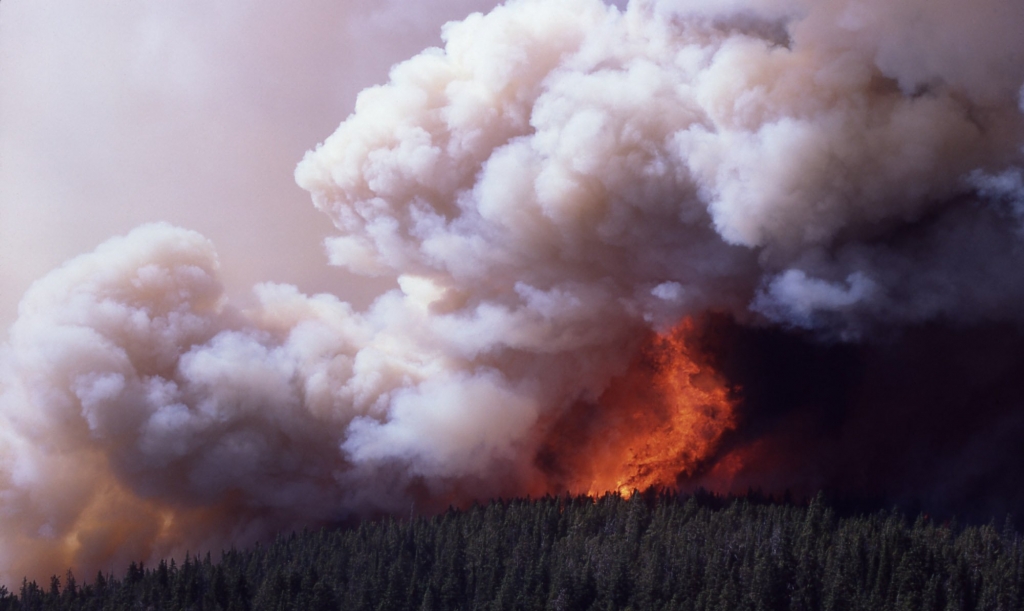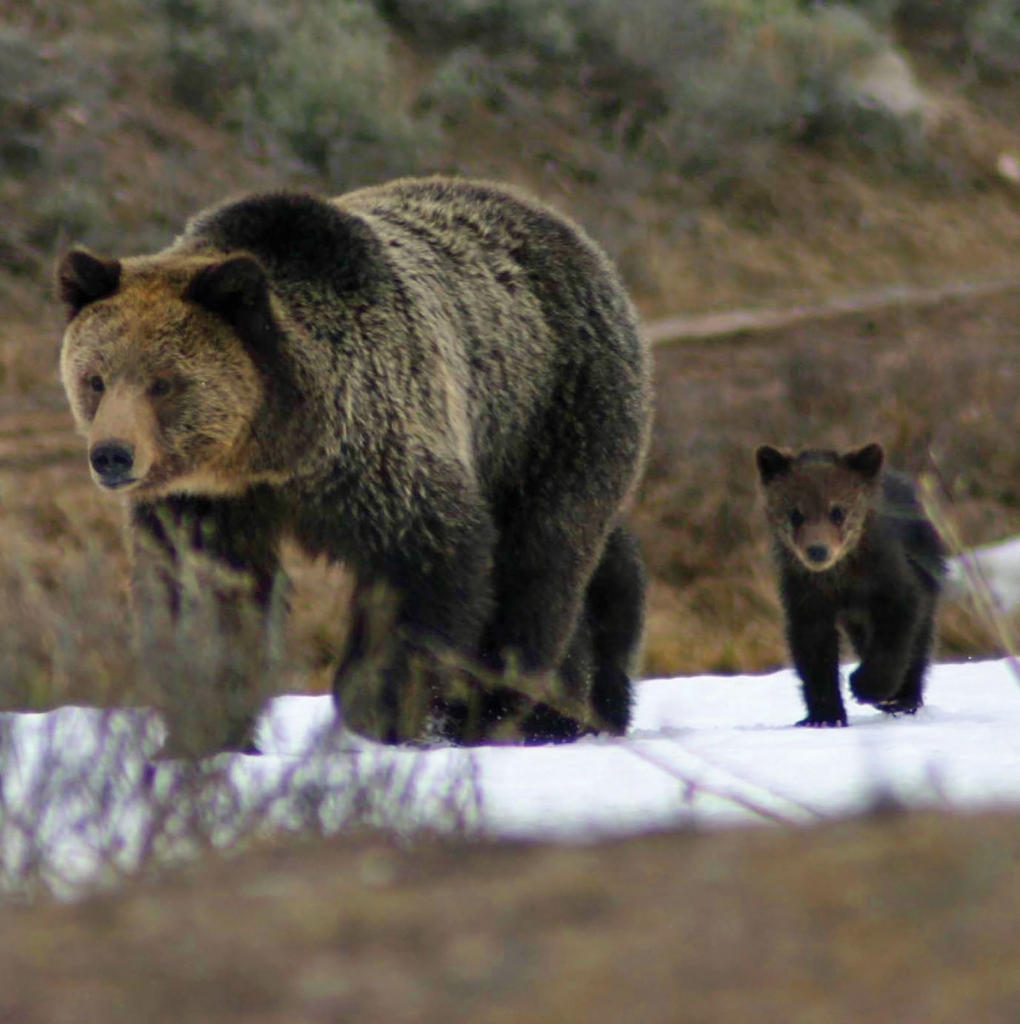Nature’s cycle of burns and new growth is essential to park health
Greater Yellowstone depends on fire. One of the two types of cones produced by lodgepole pines, for example, which make up nearly 80 percent of the park’s forests, only releases seeds when extremely high temperatures melt the resin sealing them.
Greater Yellowstone depends on fire. One of the two types of cones produced by lodgepole pines, for example, which make up nearly 80 percent of the park’s forests, only releases seeds when extremely high temperatures melt the resin sealing them. This ensures conditions exist in which seedlings thrive, meaning space to grow and plenty of sunlight coming through to the ground — conditions that follow a fire. Without fires, grasslands would eventually be lost as forests naturally take over, decreasing diversity at every level of the ecosystem. Without intermittent smaller fires, the likelihood of huge devastating fires increases.
This system of natural checks and balances has only failed when humans interfered, suppressing fires in a misguided attempt to protect a beloved national treasure. Recently, we’ve come to understand and appreciate nature’s own exquisite system. Policies in place now better protect Yellowstone’s landscape by letting naturally caused wildfires, or portions of them, burn when they are not threatening people or facilities. This natural burn policy is supported not just by the National Park Service but also by the U.S. Forest Service and other agencies and concessionaires, including Xanterra, which manages Yellowstone’s national park lodges.
The safety of the millions of visitors to the park and protection of the historic inns and lodges and other buildings that have become part of the enduring Yellowstone experience are also central to current policies. The mandate of park management is to protect human life and the 2 percent of the park that’s developed while also letting fire carry out its ecological role as much as possible.

We typically hear only about larger fires, but approximately 25 fires are ignited by lightning annually in Yellowstone, with humans causing another six to 10 — yet 84 percent of all these burn fewer than 10 acres. Smaller fires are important to the ecosystem. They thin out smaller trees and brush and boost the decay process that provides critical nutrients to the soil.
Large fires, too, have long been part of Yellowstone’s history. Prior to 1988, the largest fire in the park’s written history occurred in 1931 at Heart Lake, when about 18,000 acres burned. In 1988, more than 50 fires burned an area covering almost 800,000 acres, or 36% of total park acreage, as a result of extremely warm, dry, and windy conditions, combined with an extensive forest cover of highly flammable fuels. Fire suppression in previous years contributed to the extent of the 1988 fires; however, research indicates that similar fires burned in Yellowstone in the 1700s.
It’s all part of a natural process that has worked for thousands of years, which helped create the magnificent landscape and ecosystem that compelled President Ulysses S. Grant to designate Yellowstone the nation’s first national park in 1872.

What about wildlife? Happily, fires do not significantly affect the abundance of most species in Yellowstone, and actually benefit some.
Quick facts:
- Relatively few animals (only about 300 large mammals) died because of the 1988 fires.
- Of Yellowstone’s seven native ungulate species, only the moose population has declined since 1988. All ungulate species experienced increased mortality the winter after the fires, but elk, bison, and deer populations rebounded.
- From 1989-1992, bears were found grazing more frequently at burned rather than unburned sites. The fires had no discernable impact on grizzly numbers.
- Fires did not directly harm most Yellowstone birds, and some benefitted. Cavity-nesting species, including bluebirds and flickers, had more dead trees for nests. Robins and flickers found worms and ants more easily. Boreal owls, however, lost some mature forests they need.
- Rodents had the highest fire-related deaths, but because they produce many young per year, they quickly repopulated burned areas.
- Wolves weren’t reintroduced into Yellowstone until after the 1988 fires, but wolves thrived in Yellowstone before it was a national park, when fires were an ongoing natural occurrence.
So the fire process continues and the ecosystem still evolves. We humans have only to appreciate the grandness of both, however much fires alter the details of this place we cherish as a nation.
For more information on lodging restaurants, tours and activities in Yellowstone, visit yellowstonenationalparklodges.com or call 307-344-7311.
For more travel experiences available from Xanterra Travel Collection® and its affiliated properties, visit xanterra.com/explore/.


